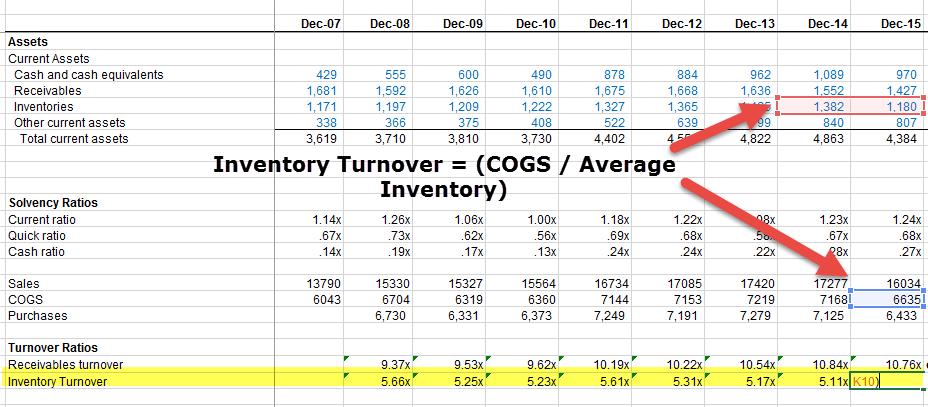

That means their focus is on unit quantities and not selling price. Since supply chain professionals use this metric to measure how well they manage inventory, their interest lies in the speed at which product is shipped out to customers. The finance department tends to like the first formula, whereas supply chain professionals like the second formula. The second formula does not relate in any way to price. The difference between these two formulas is that the first one, since it contains sales, has a price component built in. In both cases, the values put into these formulas are in dollars, Euros, pounds or whatever the base currency is for your company. When I create real-time dashboards for clients, I also like to display inventory turns based on the last 365 days so clients can see if they’re improving their inventory management without having to wait for the end of the next quarter or end of the next year to find that out. Most companies measure inventory turns on an annual or quarterly basis. So, the number of inventory turns tells us how many times we sold through our inventory in a given period of time. What do we mean when we reference an inventory turn? What did we actually turn our inventory into? We sold it and turned it into revenue. I’m going to call it inventory turns throughout this explanation.

This metric goes by several names, so don’t worry if you hear multiple references. Measuring how fast you sell through your inventory is a key measurement of inventory management performance.


 0 kommentar(er)
0 kommentar(er)
